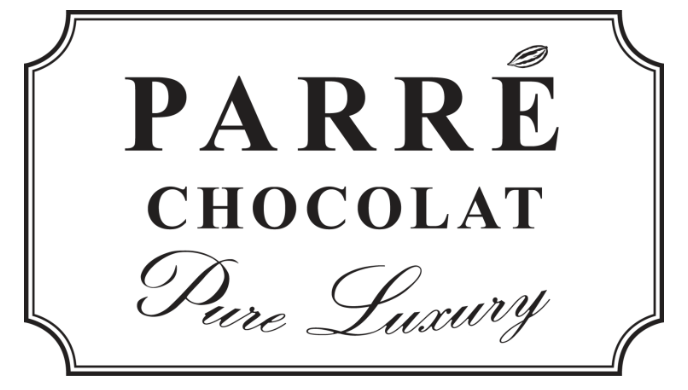In our continuing series of making chocolate, we now arrive at a critical point in our method. After removing the outer shells of our roasted cocoa beans, we are able to refine our cocoa nibs into a smooth chocolate.
Step 3 - Refining
If you’ve tasted cocoa nibs before, you are familiar with their bitter taste and crunchy texture. In chocolate making, we have to refine the nibs down into a cocoa paste, also known as cocoa liquor. Cocoa liquor is made of 100% ground cocoa nibs and when it’s melted to a certain temperature, it flows like a beautiful dark chocolate waterfall. However, cocoa liquor can still be bitter - after all, it is 100% cocoa.

During our refining step at Parré, we add sugar and cocoa butter with the cocoa liquor to blend the ingredients together. The goal of this step is to reduce the particle size of the sugar crystals and cocoa nibs to under 30 microns for that smooth texture we love.
We use several methods to test and evaluate our refining to ensure a smooth chocolate texture: (1) a micronmeter to measure the largest particle size of a sample, (2) a grindometer to measure the distribution of particle sizes within a sample, and (3) our tongues which will tell us the chocolate’s overall texture and mouthfeel.
Once the particle size, distribution, and mouthfeel are approved by our team of experts, we open the pipes and our chocolate moves to a machine called the conche.

Italian Food Tech writes, “In the past...the production process could be stopped at this point – as it still occurs especially in South America for the production of “Chocolate de Tazza”.” To learn more about the history of processing chocolate read the full article here.
